Explanation (x −y)3 = (x − y)(x −y)(x −y) Expand the first two brackets (x −y)(x − y) = x2 −xy −xy y2 ⇒ x2 y2 − 2xy Multiply the result by the last two brackets (x2 y2 −2xy)(x − y) = x3 − x2y xy2 − y3 −2x2y 2xy2 ⇒ x3 −y3 − 3x2y 3xy2 Always expand each term in the bracket by all the otherWe know that \begin{eqnarray*} (xy)^0&=&1\\ (xy)^1&=&xy\\ (xy)^2&=&x^22xyy^2 \end{eqnarray*} and we can easily expand \(xy)^3=x^33x^2y3xy^2y^3\ For higher powers, the expansion gets very tedious by hand!3x^ {2}6x12y^ {2}3 3x2 − 6x − 12y 2 3 View solution steps Solution Steps ( 3 ) ( x 2 y 1 ) ( x 2 y 1 ) ( 3) ( x 2 y − 1) ( x − 2 y − 1) Use the distributive property to multiply 3 by x2y1 Use the distributive property to multiply 3 by x 2 y − 1 \left (3x6y3\right)\left (x2y1\right)

Expand And Simplify Binomial Squares 2x 3y 2 Youtube
Expand (1/x+y/3)^3 class 9
Expand (1/x+y/3)^3 class 9- Suhani, added an answer, on Suhani answered this Expand one by X y by 3 whole cube⋅(5x)3−k ⋅(y)k ∑ k = 0 3 3!




Expand 1 X Y 3 3 Novocom Top
Expand using the Binomial Theorem (5xy)^3 (5x y)3 ( 5 x y) 3 Use the binomial expansion theorem to find each term The binomial theorem states (ab)n = n ∑ k=0nCk⋅(an−kbk) ( a b) n = ∑ k = 0 n n C k ⋅ ( a n k b k) 3 ∑ k=0 3!Taylor series and Maclaurin series LinksTaylor reminder theorem log(11)≈01 ((01)^2/2)((01)^3/3) Find minimum error and exact value https//youtubeThis calculator can be used to expand and simplify any polynomial expression
In mathematics, the degree of a polynomial is the highest of the degrees of the polynomial's monomials (individual terms) with nonzero coefficients The degree of a term is the sum of the exponents of the variables that appear in it, and thus is a nonnegative integerFor a univariate polynomial, the degree of the polynomial is simply the highest exponent occurring in theSolve your math problems using our free math solver with stepbystep solutions Our math solver supports basic math, prealgebra, algebra, trigonometry, calculus and morePrecalculus The Binomial Theorem The Binomial Theorem 1 Answer
Fortunately, the Binomial Theorem gives us the expansion for any positive integer power of $(xy)$I got the answer Following is to be learned Source GATEStack Exchange network consists of 177 Q&A communities including Stack Overflow, the largest, most trusted online community for developers to learn, share their knowledge, and build their careers Visit Stack Exchange




Pc12 Sol C08 8 6




Expand And Simplify Binomial Squares 2x 3y 2 Youtube
Factor x^3y^3 x3 − y3 x 3 y 3 Since both terms are perfect cubes, factor using the difference of cubes formula, a3 −b3 = (a−b)(a2 abb2) a 3 b 3 = ( a b) ( a 2 a b b 2) where a = x a = x and b = y b = y (x−y)(x2 xyy2) ( x y) ( x 2 x y y 2)The Binomial Theorem is the method of expanding an expression which has been raised to any finite power A binomial Theorem is a powerful tool of expansion, which has application in Algebra, probability, etc Binomial Expression A binomial expression is an algebraic expression which contains two dissimilar terms Ex a b, a 3 b 3, etcTo expand this, we're going to use binomial expansion So let's look at Pascal's triangle 1 1 1 1 2 1 1 3 3 1 Looking at the row that starts with 1,3, etc, we can see that this row has the numbers 1, 3, 3, and 1 These numbers will be the coefficients of our expansion So to expand ,
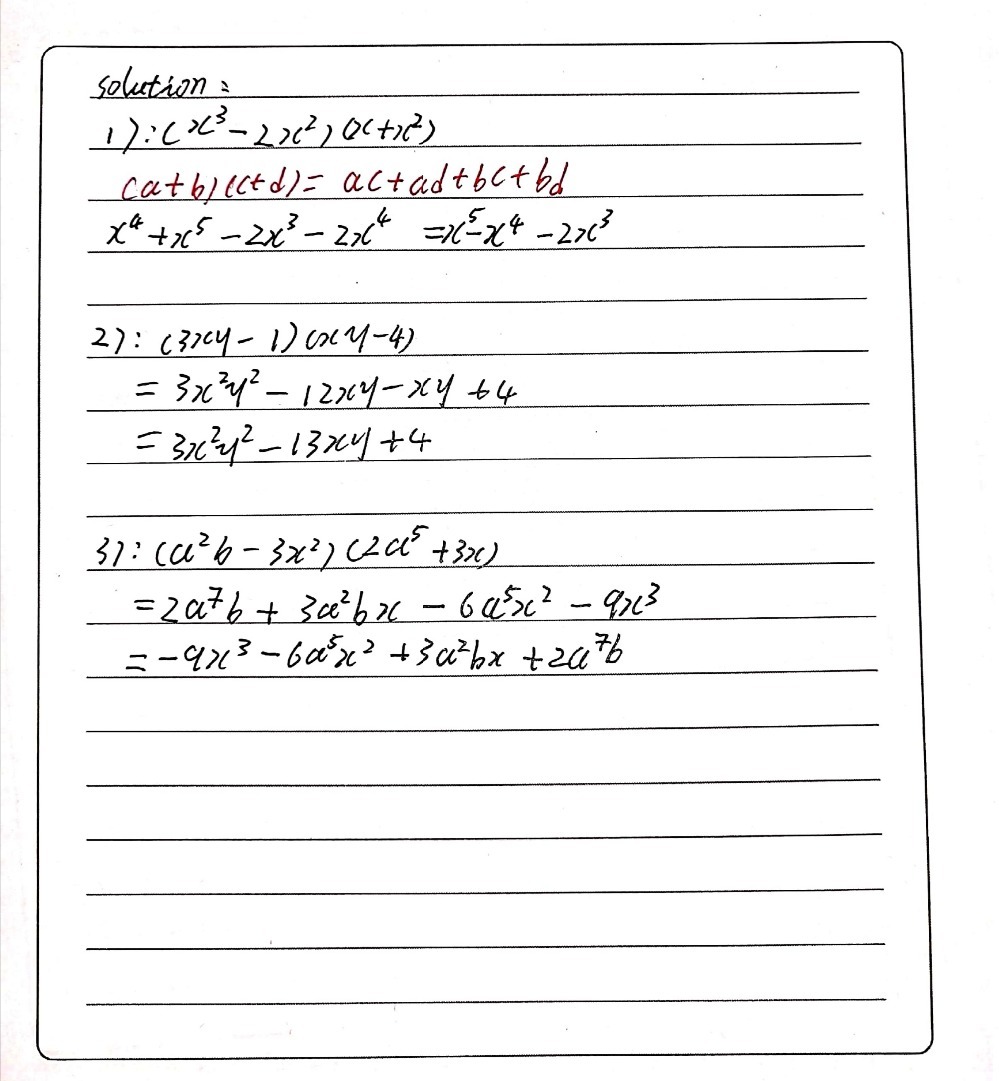



11 Expand And Reduce 15 1 X3 2x2x X2 2 3xy 1x Gauthmath




Taylor Series Wikipedia
Algebra Expand using the Binomial Theorem (x3)^3 (x 3)3 ( x 3) 3 Use the binomial expansion theorem to find each term The binomial theorem states (ab)n = n ∑ k=0nCk⋅(an−kbk) ( a b) n = ∑ k = 0 n n C k ⋅ ( a n k b k) 3 ∑ k=0 3!Click here👆to get an answer to your question ️ Expand ( 1x y3 ) ^3The calculator can also make logarithmic expansions of formula of the form ln ( a b) by giving the results in exact form thus to expand ln ( x 3), enter expand_log ( ln ( x 3)) , after calculation, the result is returned The calculator makes it possible to obtain the logarithmic expansion




Example 7 Find Coefficient Of X6y3 In Expansion X 2y 9




Expand 1 X Y 3 3 Novocom Top
⋅(1)3−k ⋅(−x)k ∑ k = 0 3 In elementary algebra, the binomial theorem (or binomial expansion) describes the algebraic expansion of powers of a binomialAccording to the theorem, it is possible to expand the polynomial (x y) n into a sum involving terms of the form ax b y c, where the exponents b and c are nonnegative integers with b c = n, and the coefficient a of each term is a specific positiveA commonly misunderstood topic in precalculus is the expansion of binomials In this video we take a look at what the terminology means, make sense of the




Binomial Theorem Wikipedia




Expand 1 X Y 3 3 Novocom Top
In mathematics, the binomial coefficients are the positive integers that occur as coefficients in the binomial theoremCommonly, a binomial coefficient is indexed by a pair of integers n ≥ k ≥ 0 and is written () It is the coefficient of the x k term in the polynomial expansion of the binomial power (1 x) n, and is given by the formula =!!()!For example, the fourth power of 1 x is (x1)^4 = x^4 4 x^3 6x^2 4x1 We can expand the expression using the binomial theorem (x1)^4 = sum_(r=0)^4 ( (n), (r) ) (x)^r(1)^(nr) " " = ( (4), (0) ) (x⋅ ( 5 x) 3
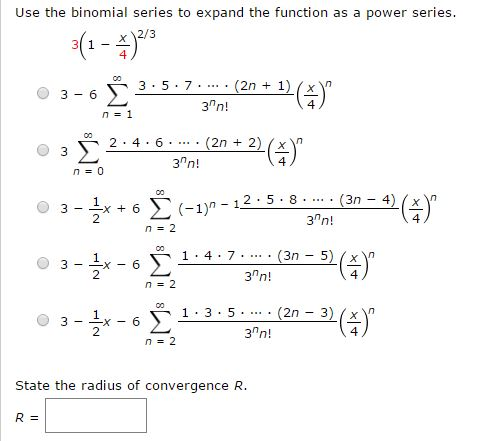



Use The Binomial Series To Expand The Function As A Chegg Com



Expand 1 X Y 3 Whole Cube Studyrankersonline
Davneet Singh is a graduate from Indian Institute of Technology, Kanpur He has been teaching from the past 10 years He provides courses for Maths and Science at TeachooCompute answers using Wolfram's breakthrough technology & knowledgebase, relied on by millions of students & professionals For math, science, nutrition, historyPascal's Triangle is probably the easiest way to expand binomials It's much simpler to use than the Binomial Theorem, which provides a formula for expanding binomials The formula for Pascal's Triangle comes from a relationship that you yourself might be able to see in the coefficients below (x y) 0 (x y) 1 (x y)² (x y) 3 (x y) 4




Tronxy Xy 3 Pro Ultra Silent Motherboard With Titan Extruder 3d Printe Tronxy 3d Printers Official Store




Example 7 Find Coefficient Of X6y3 In Expansion X 2y 9
(1—x)^(—3) =(1x)^(—1)×(1—x)^(—2) =(1xx²x³)(12x3x²4x³) =13x6x²10x³ Expand the following `(i) (3a2b)^(3) (ii) ((1)/(x)(y)/(3))^(3)` (iii) `(4(1)/(3x))^(2)` class9;👉 Learn all about sequences In this playlist, we will explore how to write the rule for a sequence, determine the nth term, determine the first 5 terms or




Expand The Following I 3a 2b 3 Ii 1 X Y 3
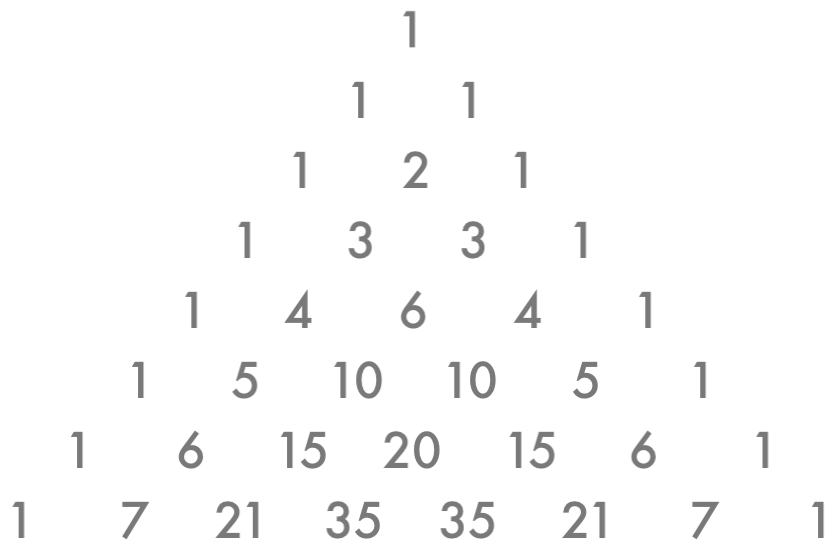



How Do You Use The Binomial Theorem To Expand X Y 5 Socratic
Expand this algebraic expression `(x2)^3` returns `2^33*x*2^23*2*x^2x^3` Note that the result is not returned as the simplest expression in order to be able to follow the steps of calculations To simplify the results, simply use the reduce function Special expansions online The function expand makes it possible to expand a product, it (1/x y/3)³ = (1/x)³ (y/3)³ 3(1/X)²(y/3) 3(1/x)(y/3)² ∵(ab)³ = a³b³3a²b3ab² 1/x³y³/27 3(1/x²)(y/3) 3(1/x)(y²/9) 1/x³y³/27 (3* y/x² * 3) (3* y²/x * 9) canceling 3 1/x³y³/27 y/x² y²/x * 3 1/x³y³/27 y/x² y²/3xLearn about expand using our free math solver with stepbystep solutions
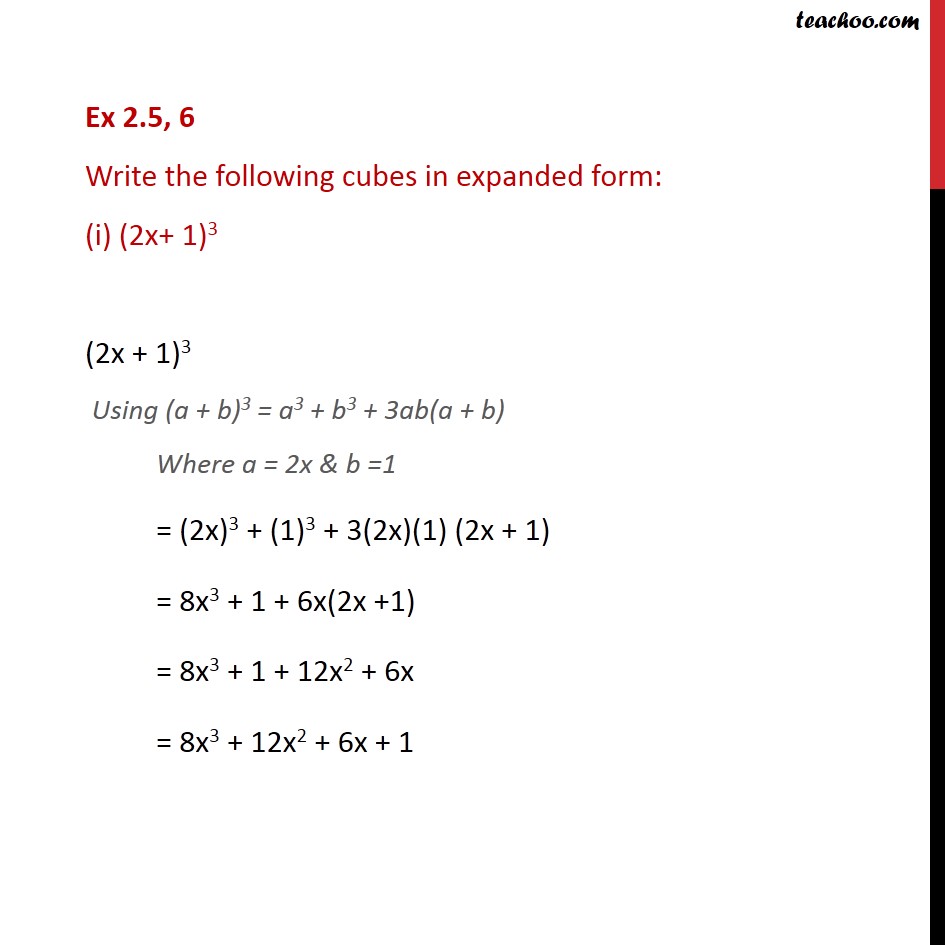



Ex 2 5 6 Write The Following Cubes In Expanded Form Ex 2 5




Expand 1 X X 2 4 Using Binomial Expansion
3x3\left(2\right)y=3\times 3,3xky=1 To make x and 3x equal, multiply all terms on each side of the first equation by 3 and all terms on each side of the second by 1 3x6y=9,3xky=1The coefficients of each expansion are the entries in Row n of PascalGet stepbystep solutions from expert tutors as fast as 1530 minutes



Binomial Expansion And Series A Level Maths Uptuition With Mr Will




Expand Each Of The Following Using Suitable Identities I X 2y 4z 2 Ii 2x Y Z Youtube
The Binomial Theorem is a formula that can be used to expand any binomial (xy)n =∑n k=0(n k)xn−kyk =xn(n 1)xn−1y(n 2)xn−2y2( n n−1)xyn−1yn ( x y) n = ∑ k = 0 n ( n k) x n − k y k = x n ( n 1) x n − 1 y ( n 2) x n − 2 y 2 ( n n − 1) x y n − 1 y nLearn the steps on how to expand the double bracket problem (x3)(x5) Music by Adrian von ZieglerHere is the expansion of (x y) n for n = 0, 1,, 5 (x y) 0 = 1 (x y) 1 = x y (x y) 2 = x 2 2xy y 2 (x y) 3 = x 3 3x 2 y 3xy 2 y 3 (x y) 4 = x 4 4x 3 y 6x 2 y 2 4xy 3 y 4 (x y) 5 = x 5 5x 4 y 10x 3 y 2 10x 2 y 3 5xy 4 y 5 Look familiar?
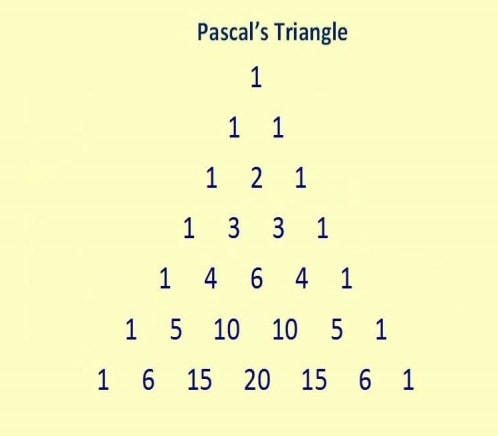



Binomial Theorem Properties Terms In Binomial Expansion Examples Pdf




Expand 1 Y Y 2 3
Algebra Expand using the Binomial Theorem (1x)^3 (1 − x)3 ( 1 x) 3 Use the binomial expansion theorem to find each term The binomial theorem states (ab)n = n ∑ k=0nCk⋅(an−kbk) ( a b) n = ∑ k = 0 n n C k ⋅ ( a n k b k) 3 ∑ k=0 3!Expand (xy)^3 (x y)3 ( x y) 3 Use the Binomial Theorem x3 3x2y3xy2 y3 x 3 3 x 2 y 3 x y 2 y 3 Explanation Binomial formula for (a b)3 ⇒3 C0a3b0 3 C1a2b1 3 C2a1b2 3 C3a0b3 Here, a = x and b = 1 ⇒3 C0x3 3 C1x2 × 11 3 C2x1 ×12 3 C3 × 13 As →3 C0 =3 C3 = 1 and →3 C1 =3 C2 = 3



1
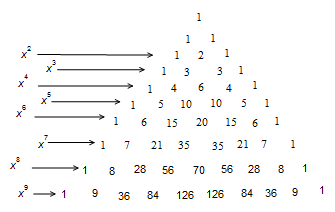



How Do You Use The Binomial Series To Expand 2x Y 9 Socratic
⋅(x)3−k ⋅(3)k ∑ k = 0 3 heart 8 madhu hey mates here ur answer = (1/ x)^3 (y/3)^3 3 (1/x) (1/y) (1/xy/3) = 1/x^3 y^3 /27 y/x^2 y/3x dome7w and 12 more users found this answer helpful heart outlined Thanks 8\sqrt{x1}x=7 \left3x1\right=4 \log _2(x1)=\log _3(27) 3^x=9^{x5} equationcalculator expand (y3)(y1) en Related Symbolab blog posts High School Math Solutions – Quadratic Equations Calculator, Part 1 A quadratic equation is a second degree polynomial having the general form ax^2 bx c = 0, where a, b, and c




Section 8 5 The Binomial Theorem In This Section You Will Learn Two Techniques For Expanding A Binomial When Raised To A Power The First Method Is Called Ppt Download
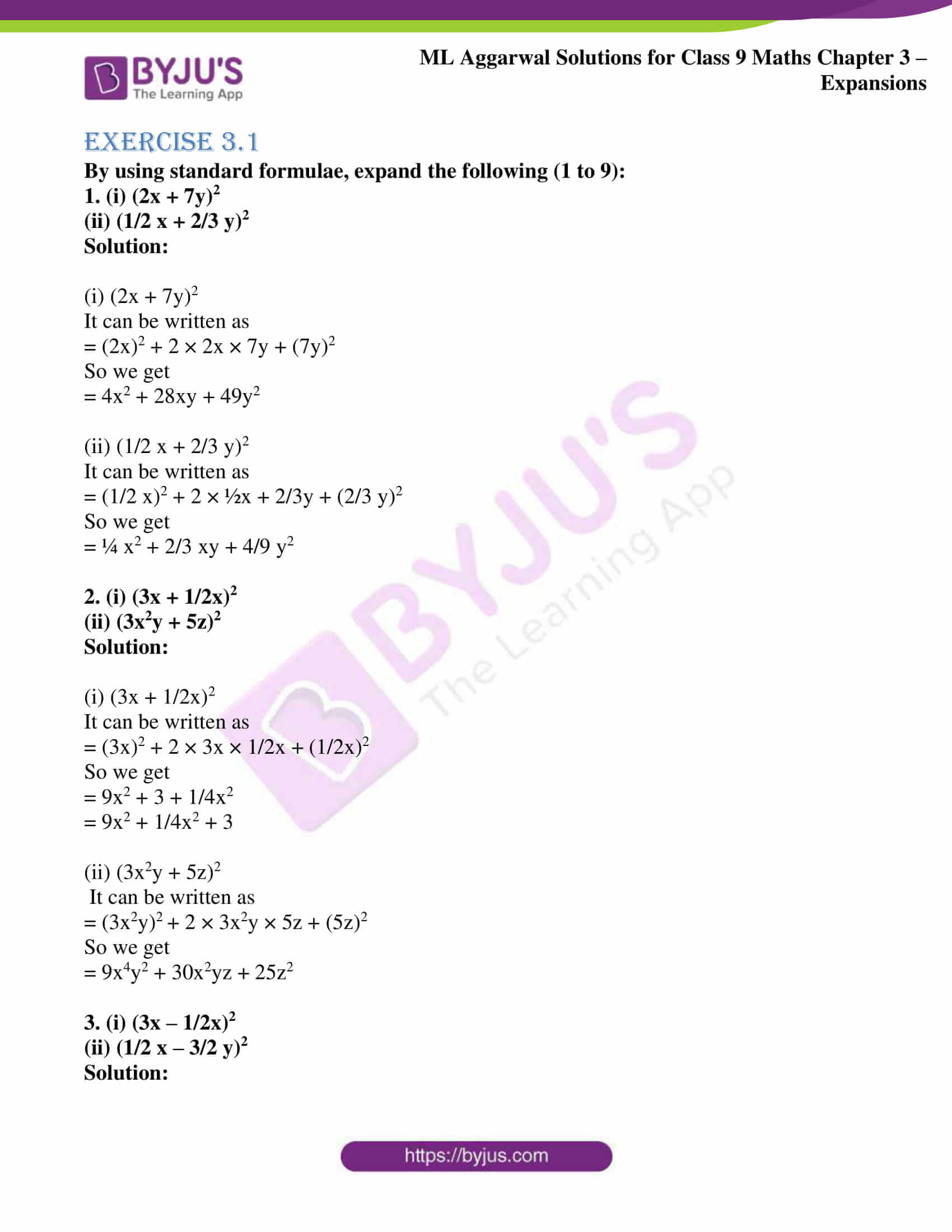



Ml Aggarwal Solutions For Class 9 Chapter 3 Expansions Download Free Pdf
Number of binomial coefficients in the expansion (1 x) 2 0 1 8 which are multiple of 13 isHard View solution Sum of the first 3 0 coefficients in the expansion of (1 x) 5 9, when expanded in ascending power of x is Medium View solutionAbout Press Copyright Contact us Creators Advertise Developers Terms Privacy Policy & Safety How works Test new features Press Copyright Contact us Creators How do you use the binomial series to expand #(1x)^(3/2)#?




Expand 1 X Y 3 3 Novocom Top




Expand 1 X Y 3 3 Novocom Top
Click here👆to get an answer to your question ️ The coefficient of x^2 y^3 in the expansion of (1 x y)^ isSteps for Solving Linear Equation 3x4y=3 3 x − 4 y = 3 Add 4y to both sides Add 4 y to both sides 3x=34y 3 x = 3 4 y The equation is in standard form The equation is in standard form( 3 k)!




X 2 2y 3 1 X Y 3 3 Solve The Given Equation Using Elimination And Substitution Method Youtube



What Is The Binomial Expansion For 1 X 1 Quora




Binomial Theorem Pq10 Distinct Terms In X Y Z 1 Xy 1 Yz 1 Zx 2 X Y Z 1 X 1 Y 1 Z 2 Youtube




Expanding Binomials Video Polynomials Khan Academy
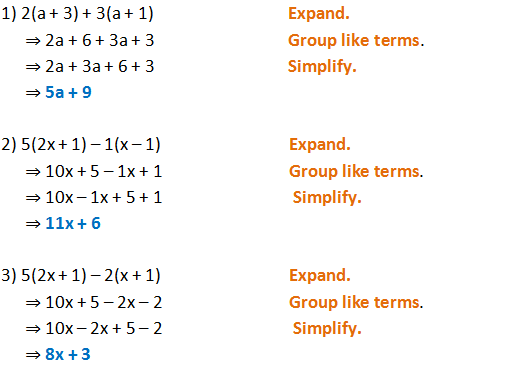



Form 2 Unit 2 Lesson 5 Expansion Of Algebraic Expression Brilliant Maths




The Coefficient Of X 10 In The Expansion Of 1 X 2 1 X 2 3 1 X 3 4 Is Equal To




Please Expand 1 X Y 3 Whole Cube Brainly In




Expand 1 X Y 3 3 Novocom Top



4 The Binomial Theorem
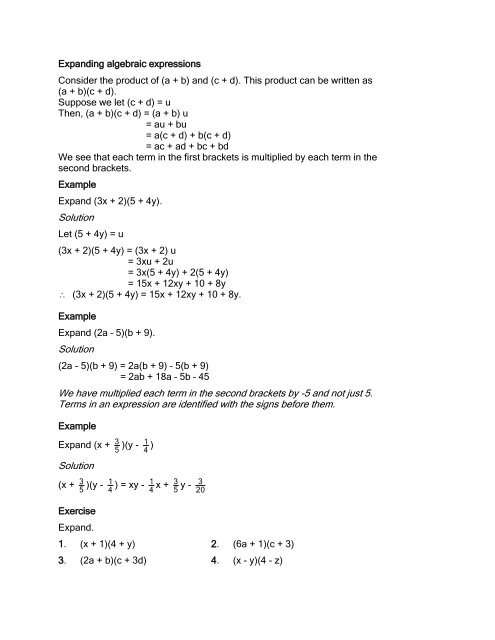



J23
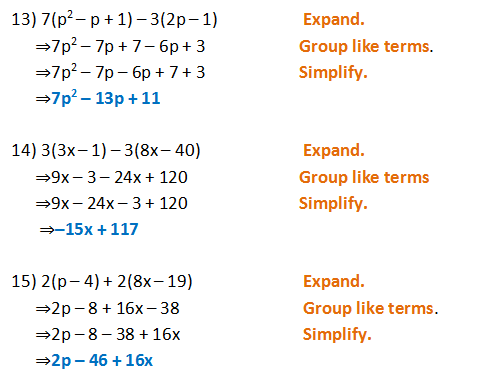



Form 2 Unit 2 Lesson 5 Expansion Of Algebraic Expression Brilliant Maths




Expand 1 X Y 3 3 Novocom Top




Expand 1x Y3 3 Maths Questions



Expand X Y 3 Sarthaks Econnect Largest Online Education Community
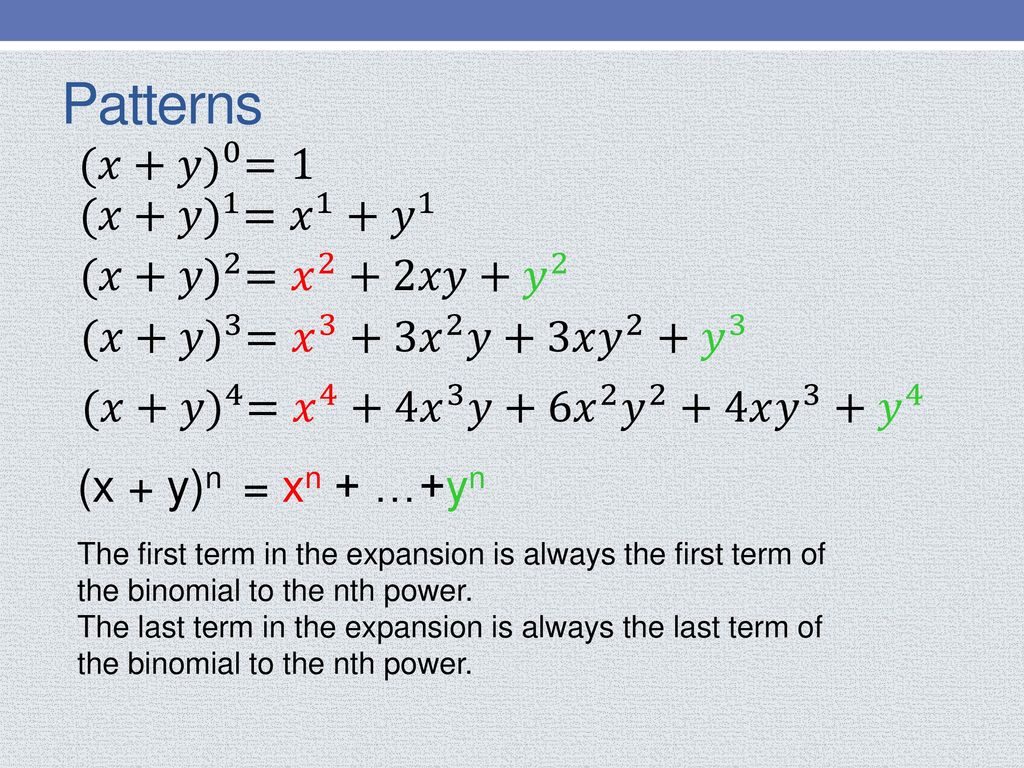



A Quick And Efficient Way To Expand Binomials Ppt Download




Expand X Y 3 And X Y 2 Brainly In




Expand 1 X X 2 4 Using Binomial Expansion




The Binomial Theorem Explained With A Special Splash Of Pascal S By Brett Berry Math Hacks Medium



Expand Tan 1y X About The Point 1 1 Using Taylor S Theorem Up To The Second Degree Terms Sarthaks Econnect Largest Online Education Community
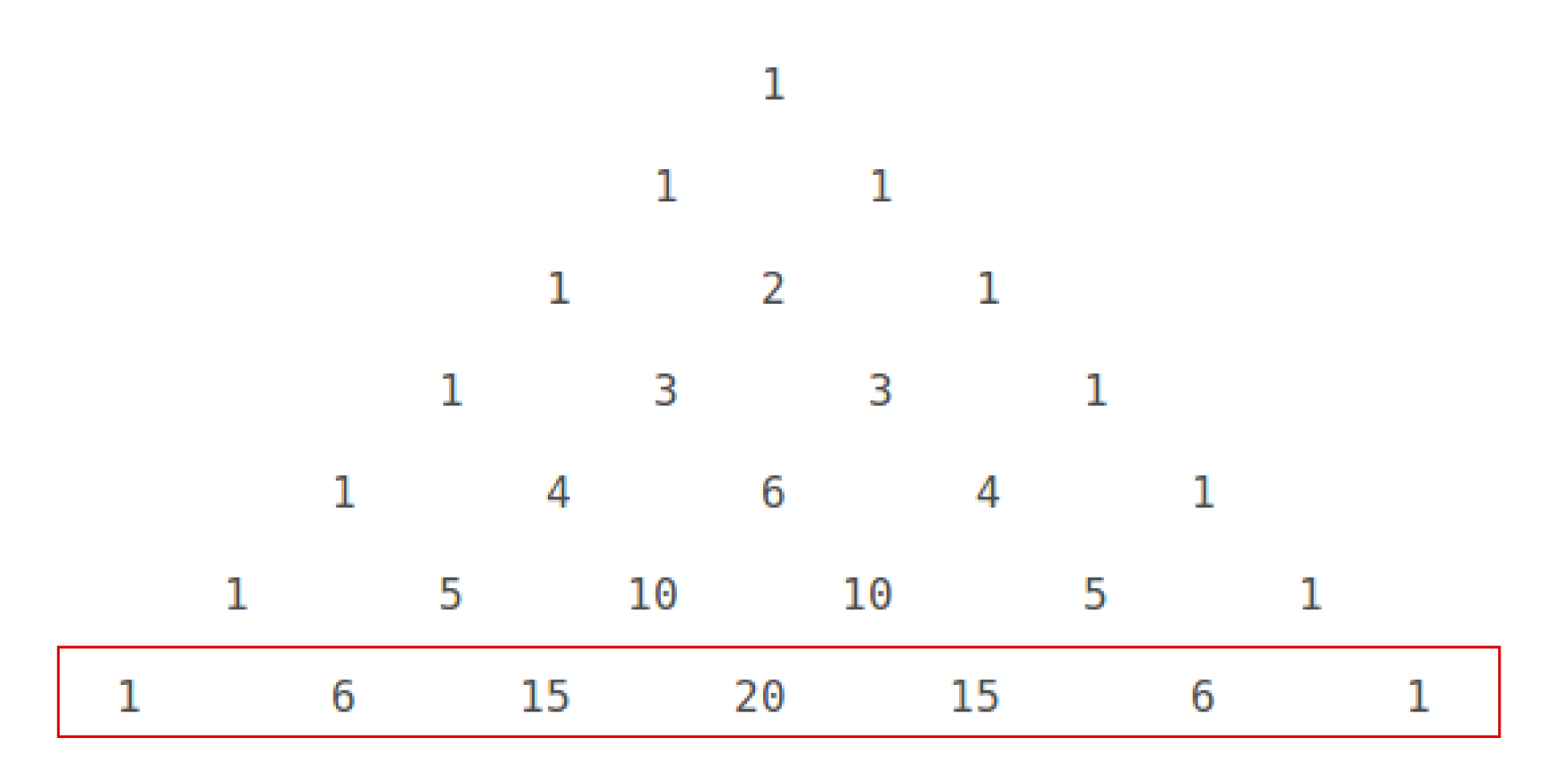



How Do You Expand X Y 6 Using Pascal S Triangle Socratic




Sing Binomial Theorem Expand Sqrt 3 1 5 Sqrt 3 1 5 Text X 5 X Y 5 Y And Hease Find The Value Of




Xy 1 3 Expanded Form In Cubes Brainly In




Taylor Series Expand X 2y 3y 2 In The Powers Of X 1 And Y 2 Up To 3 Degree Terms Youtube



Q Tbn And9gcr9xpmvkbf9124hbqcsezobpz1ibucbz5ouxt3qejleg 9v748b Usqp Cau



What Is The Answer Of X Y Quora




How To Expand Using The Identity X Y 3 X3 Y3 3x2y 3xy2 Youtube




X 2 2y 3 1 And X Y 3 3 Find X And Y Values Using Elimination And Substitution Method Youtube
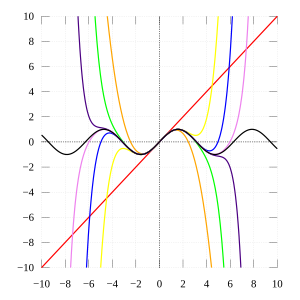



Taylor Series Wikipedia




What Is The Number Of Terms In The Expansion Of Math X Y Z 12 Math Quora




Expand 1 X Y 3 3 Novocom Top




Expand 1 X Y 3 3 Novocom Top




Expand 1 X Y 3 3 Novocom Top




Expand 1 X Y 3 3 Novocom Top
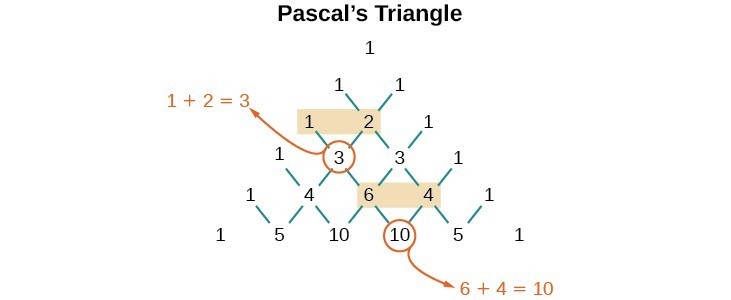



Using The Binomial Theorem College Algebra



1




Unit 11 Logarithms Day 3 3 Properties To




Ex 8 2 5 Find 4th Term Of X 2y 12 Chapter 8 Class 11
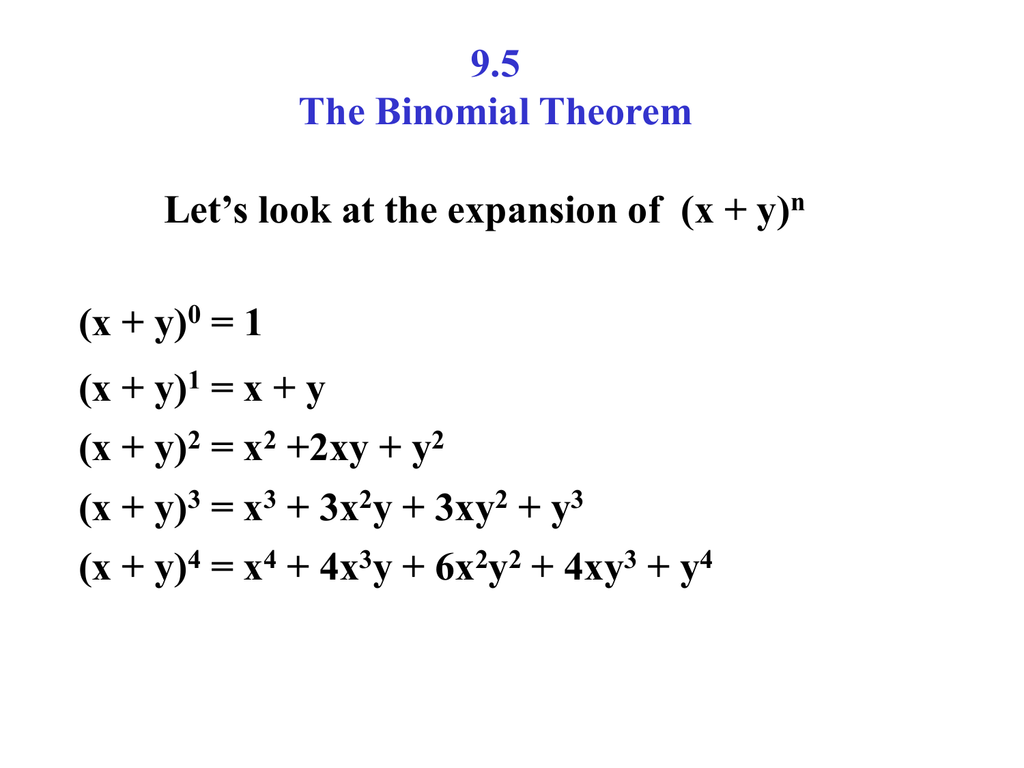



9 5 The Binomial Theorem




Assessment Algebra Dev Assessment In Algebra Lb Hour If And Evaluate The Following Expressions Simplify 10 Expand Xy Axz Simplify 12 15 Ab Simplify 10 Solve Studocu




Binomial Theorem Wikipedia
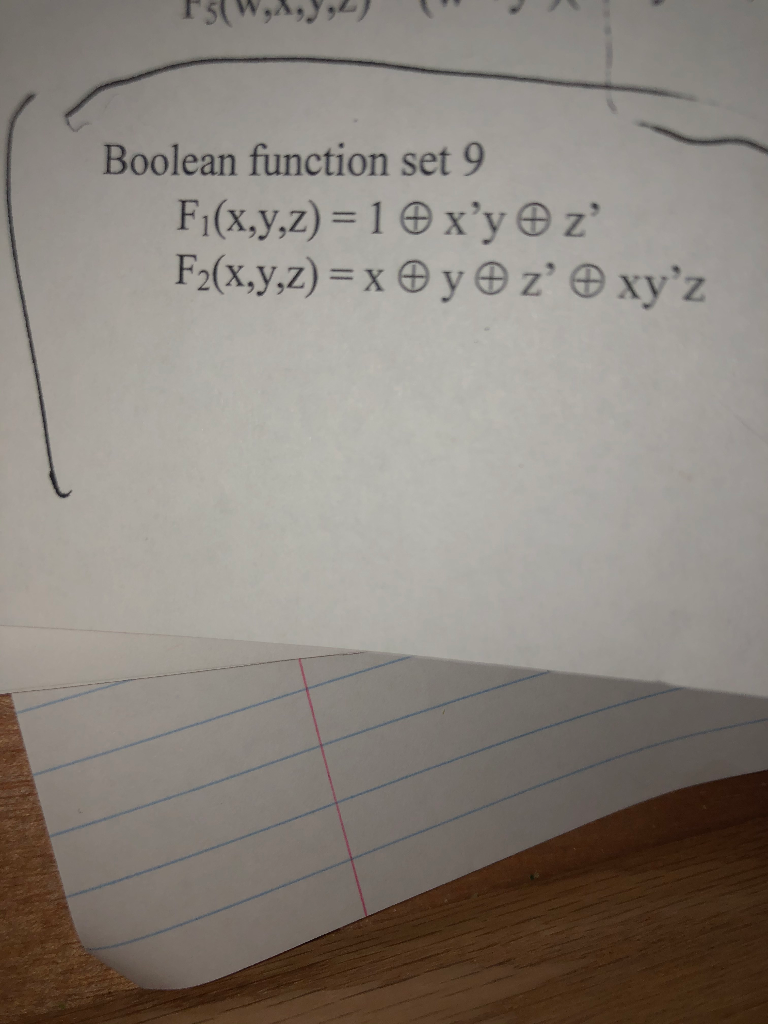



Experiment 3 Design With Decoders And Multiplexers Chegg Com



How To Expand X Y 7 Quora




Binomial Theorem Properties Terms In Binomial Expansion Examples Pdf




Boolean Function Properties Three Special Functions The Boolean




X 2 3 Y Expand It Using Suitable Identities Brainly In




Solved Question 1 A Rearrange The Following Expressions Chegg Com




Expand 1 X Y 3 3 Solve It Fastly Brainly In



Expand E X Log 1 Y By Maclaurin S Theorem Up To The Third Degree Term Sarthaks Econnect Largest Online Education Community




Please Expand 1 X Y 3 Whole Cube Brainly In




Expand 1 X Y 3 3 Using Identity Brainly In



22 X 1 3 Expand Pictures




Learn Algebraic Identity Of X Y And X Y In 3 Minutes




Expand Each Of The Following I X 2 Y 3 2 Ii X 5 X 3




Taylor Series Wikipedia



Q Tbn And9gcqw3ytr8shmxjcu2 37v8gqgdbytzhzbbgxwcuepfumanvsy3e4 Usqp Cau



How To Expand 2x Y 3 Quora




Expand 1 X Y 3 3 Novocom Top
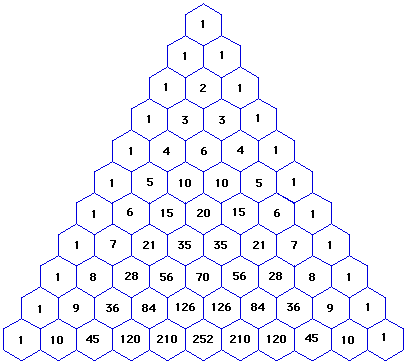



How Do You Expand X Y 10 Socratic
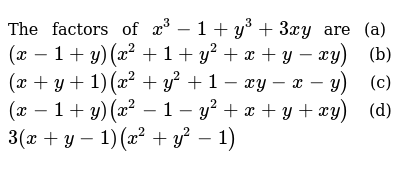



The Factors Of X 3 1 Y 3 3x Y Are A X 1 Y X 2 1 Y 2 X Y
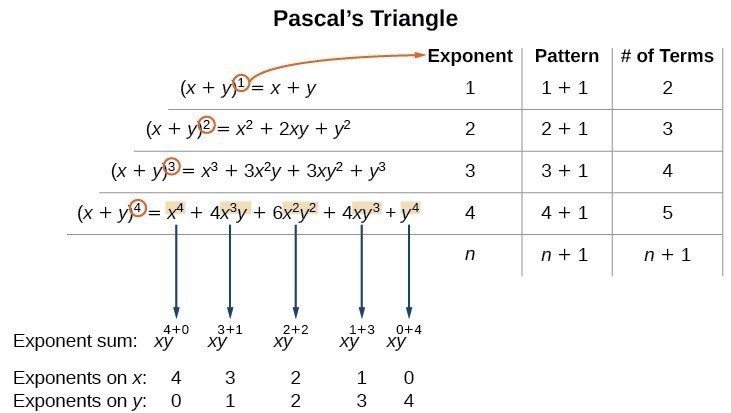



Using The Binomial Theorem College Algebra




Tre Behandiga Kommandon Expand Comdenom Och Propfrac Ti Nspire Cas En Raknarblogg




Expand 1 3 X 2 3 Y Whole Cube Brainly In



What Is The Binomial Expansion For 1 X 1 Quora




Algebra Manipulation Given X Y Xy 3 Evaluate X 3 Y 3 Mathematics Stack Exchange




1 X Y 3 3 Expand Brainly In
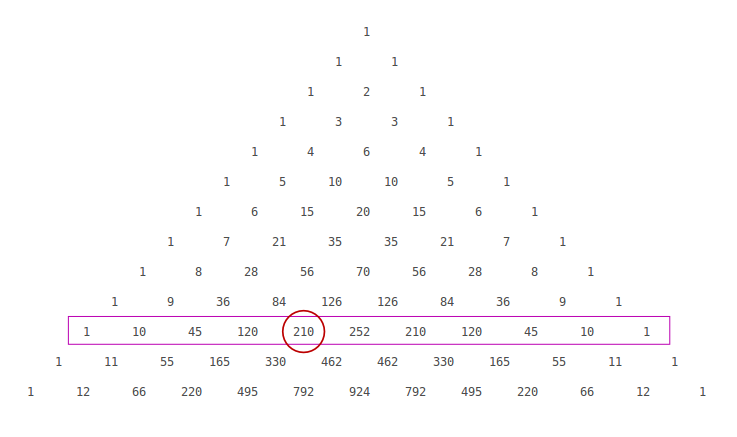



How Do You Find The Coefficient Of X 6 In The Expansion Of 2x 3 10 Socratic




Expand 1 X Y 3 3 Novocom Top




How Can We Expand X Y 1 2 Youtube
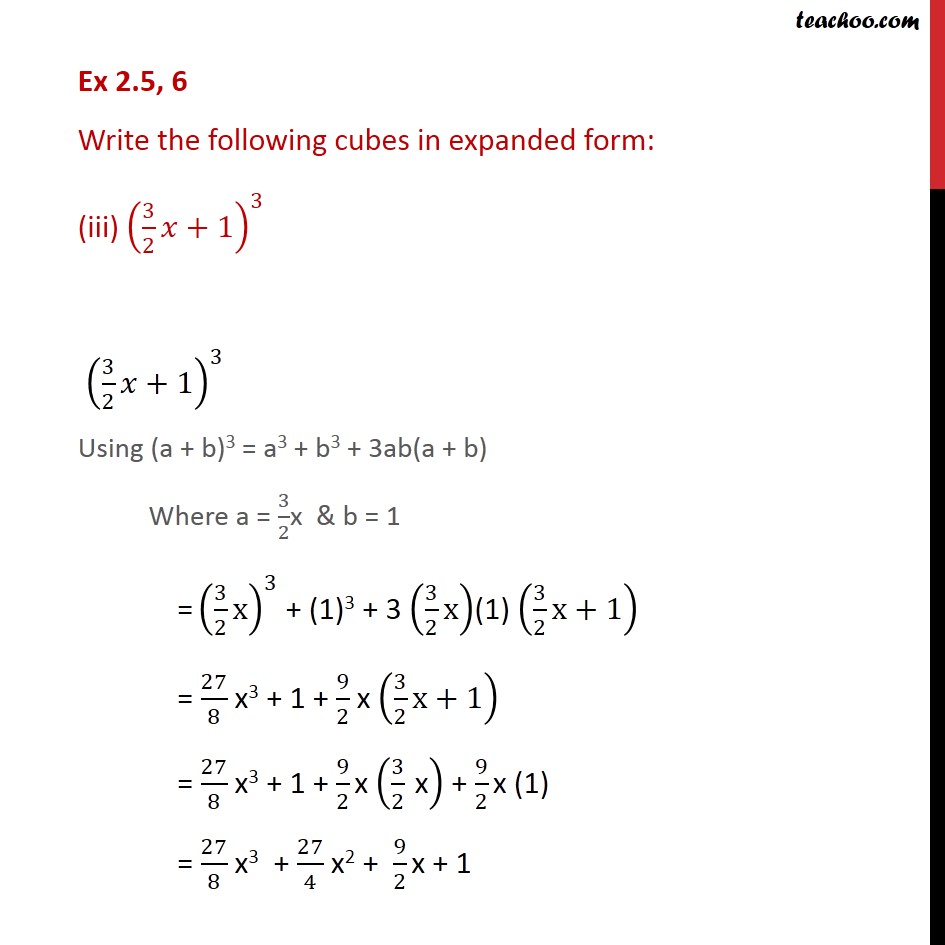



Ex 2 5 6 Write The Following Cubes In Expanded Form Ex 2 5



Expand Tan 1y X About The Point 1 1 Using Taylor S Theorem Up To The Second Degree Terms Sarthaks Econnect Largest Online Education Community




Find The Coefficient Of X 6y 3in The Expansion Of X 2y 9




Taylor Series Wikipedia




Ex 2 5 6 Write The Following Cubes In Expanded Form Ex 2 5




Expand 1x Y3 3 Maths Questions




Expand 1 X Y 3 3 Novocom Top
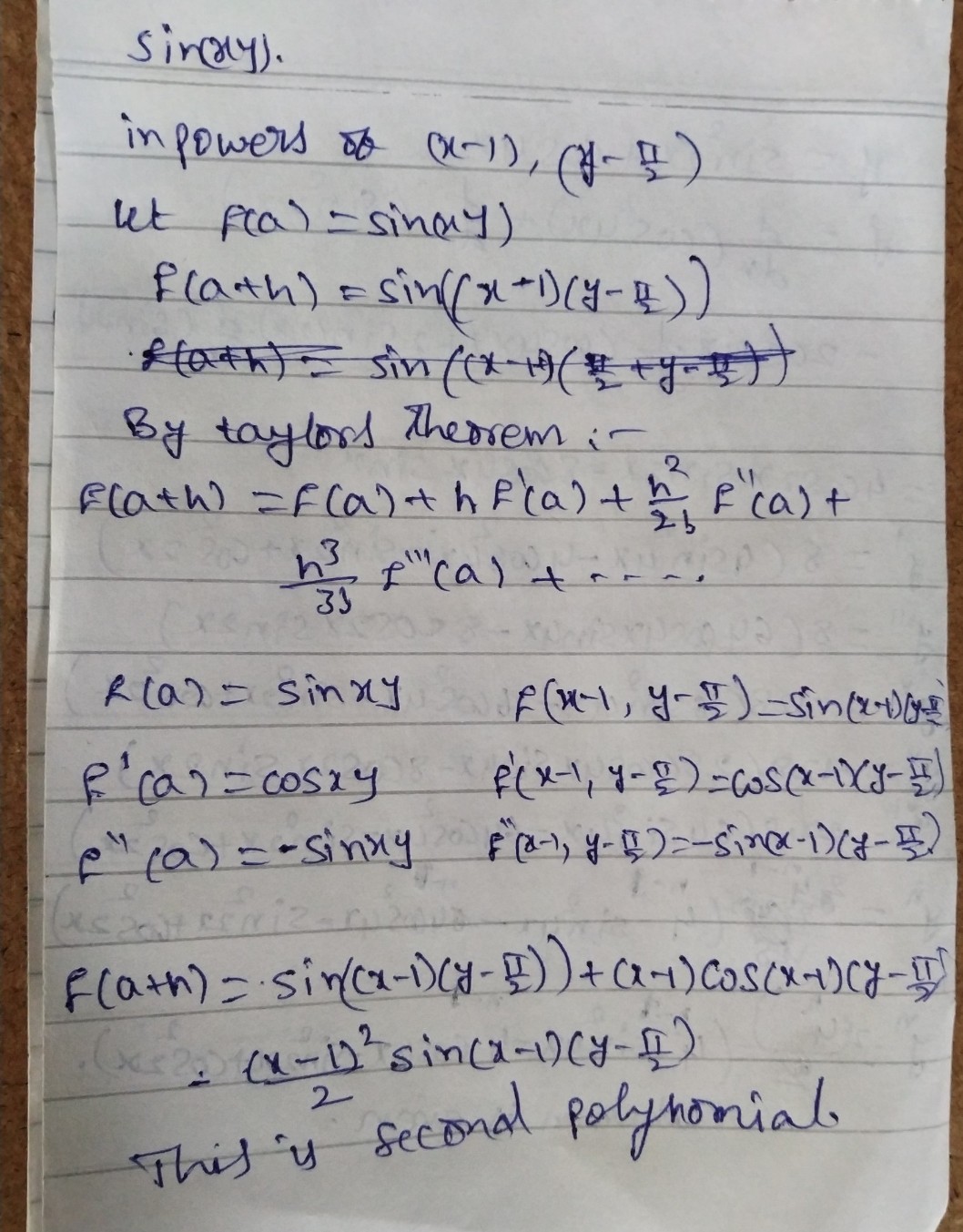



Expa Nd Sinleft Xyright 1n P See How To Solve It At Qanda




Expand The Following I 3a 2b 3 Ii 1 X Y 3 3 Iii 4 1 3x 2 Youtube
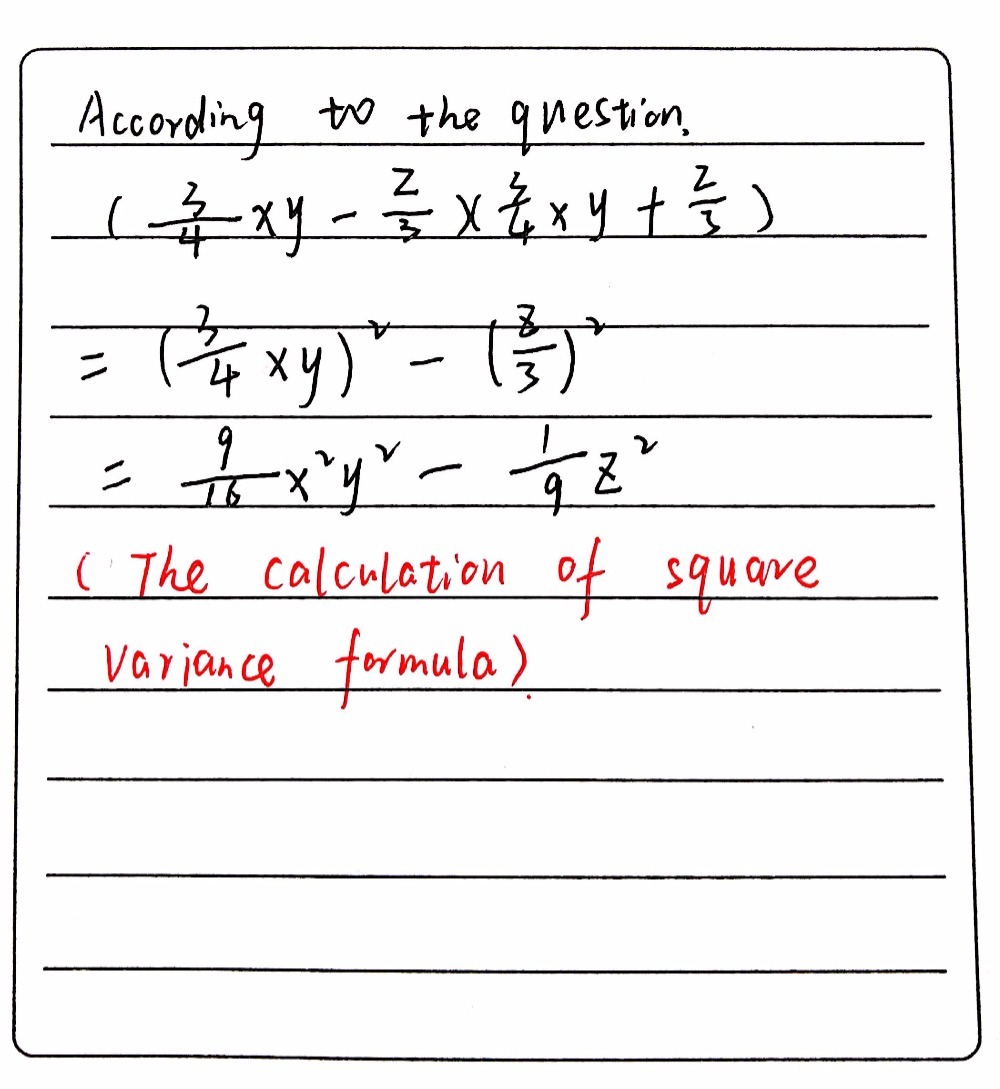



Expand The Given Expression 3 X3 X Y 4 Z 33 X Gauthmath


